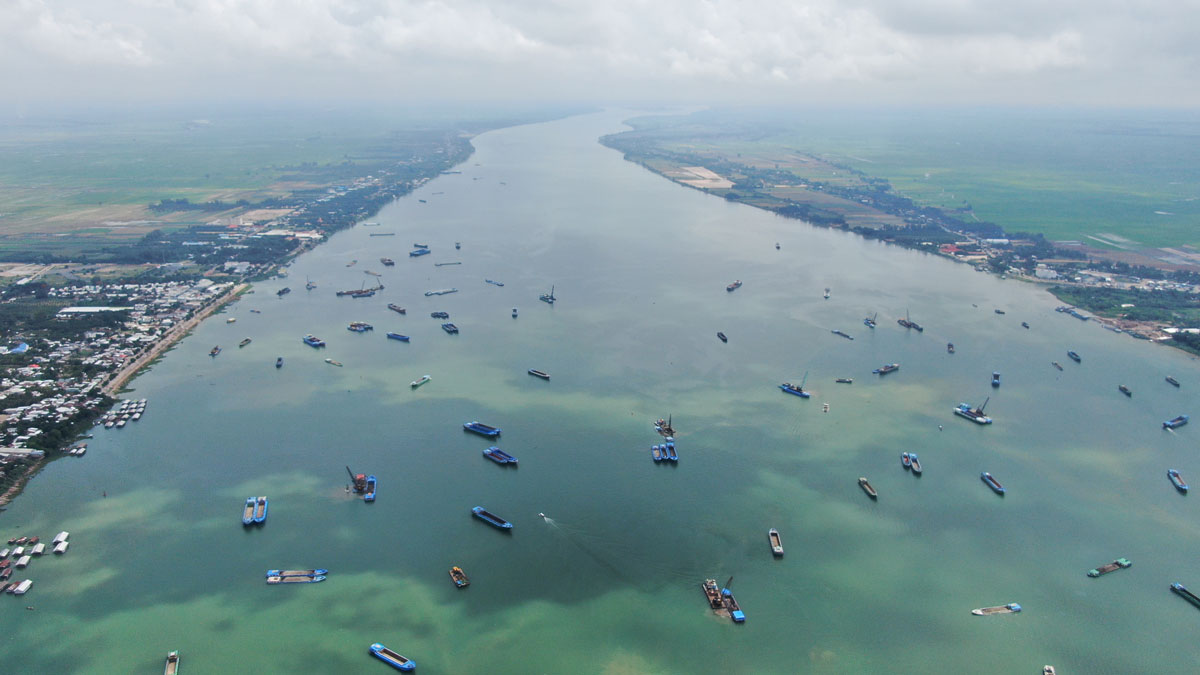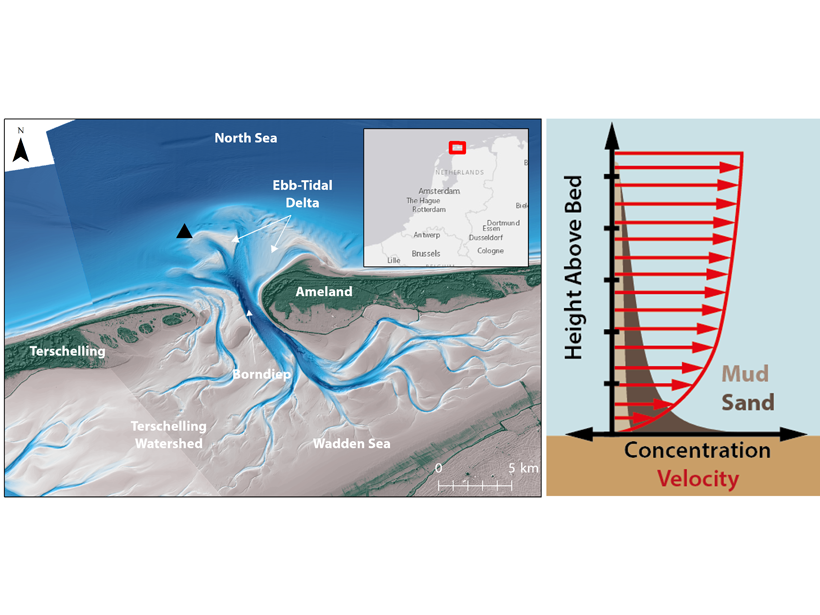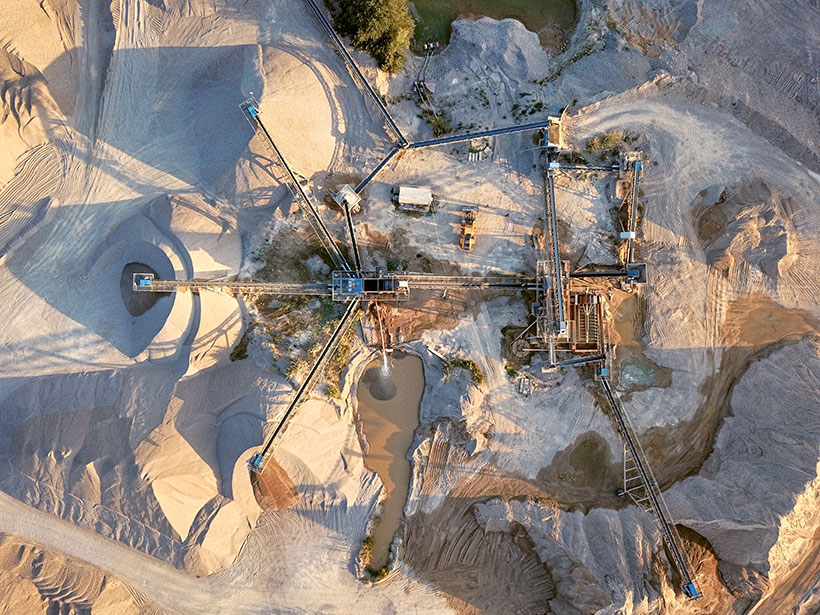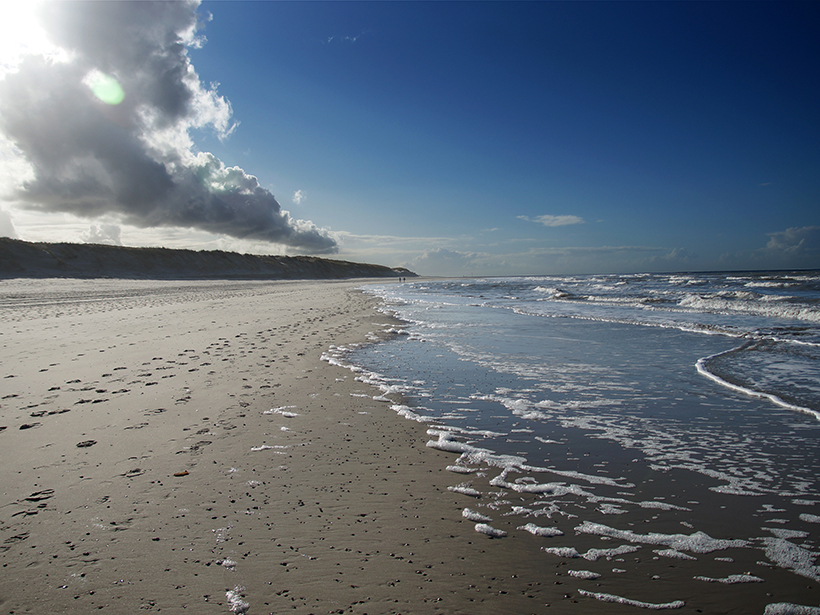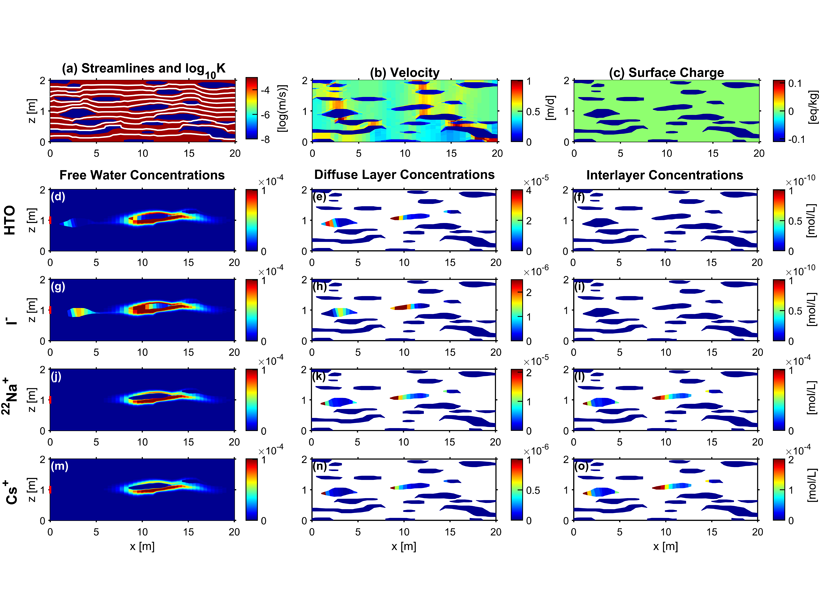Concrete, used in everything from streets to skyscrapers, needs sand, often mined from active rivers in developing countries with little oversight. Researchers can now use satellites to keep watch.
sand
Dunes Dance to a New Rhythm in Climate Change
Dunes may morph or creep in new directions in a warming world.
Megaripples on Mars—How to Name Wind-Shaped Features on the Red Planet
New research suggests a more settled terminology for Martian aeolian landforms based on size and geomorphology.
Earth’s Continents Share an Ancient Crustal Ancestor
How did today’s continents come to be? Geological sleuths found clues in grains of sand.
Unravelling Sands and Muds Suspended in Coastal Environments
A new study uses the response of optical and acoustic measurements to derive a sediment composition index for prediction of the relative fractions of mixed sediments in suspension.
Megaripple Migration Offers Insights into Martian Atmosphere
The movement of large sand ripples, documented for the first time, suggests Mars is windier than we thought.
To Protect the World’s Sand, We Need to Know How to Measure It
New research provides a more accurate model that coastal managers and engineers can use to account for sand transport over time.
Microbial Mechanisms Change with the Seasons
Microbes living in the sand on a barrier island alter the way they break down organic matter as their environment changes throughout the year, which has implications for the surrounding water column.
Mapping Martian Dunes from Orbit
New research shows how fast the sands shift on the Red Planet and how useful imagery from different orbiting cameras can be in studies of Mars’s dunes.
Modeling Transport and Charge Effects in Heterogeneous Media
Simulation of charged species reactive transport in complex physically and electrostatically heterogeneous porous media is possible with a multiple continua approach coupled to a geochemical code.

